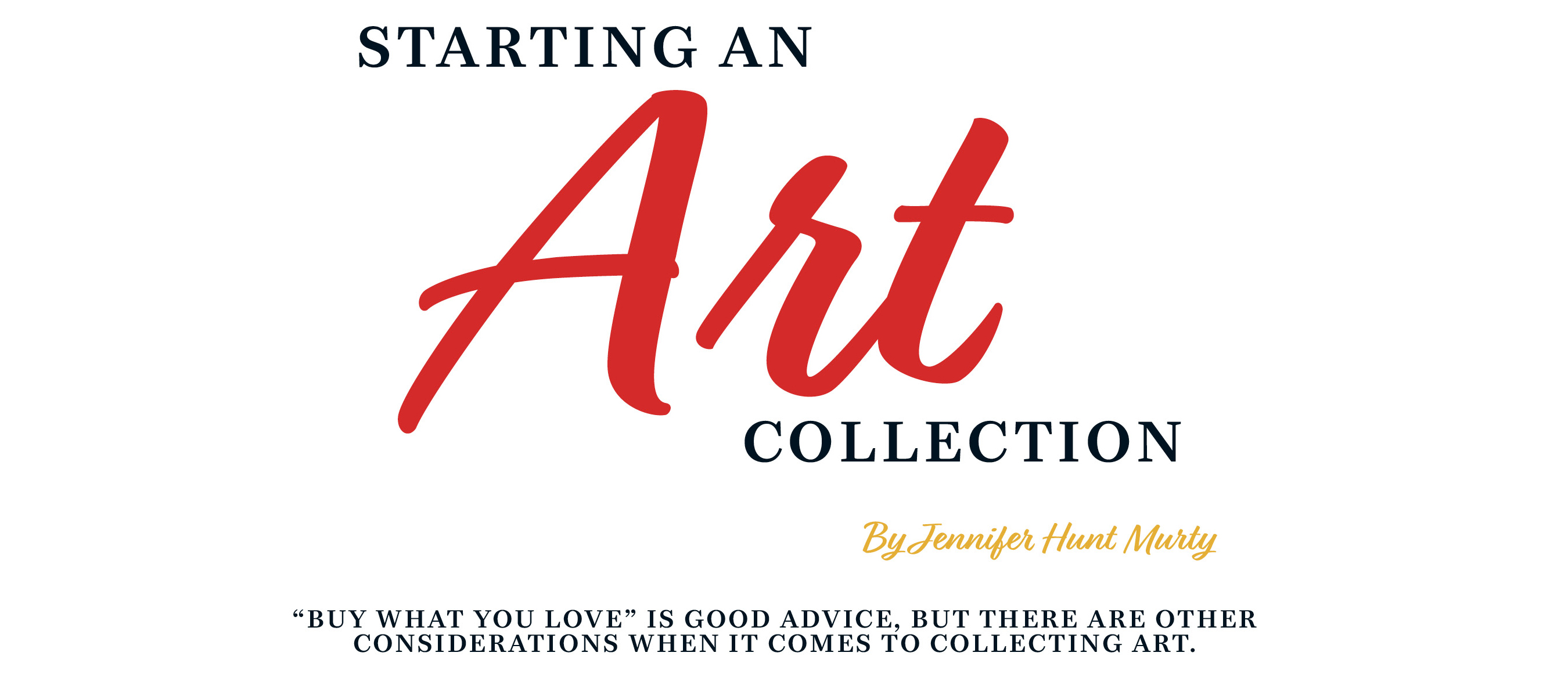
I grew up in a family with talented fine artists—my mother was an art major who, decades after college and three children, produced a house gallery that 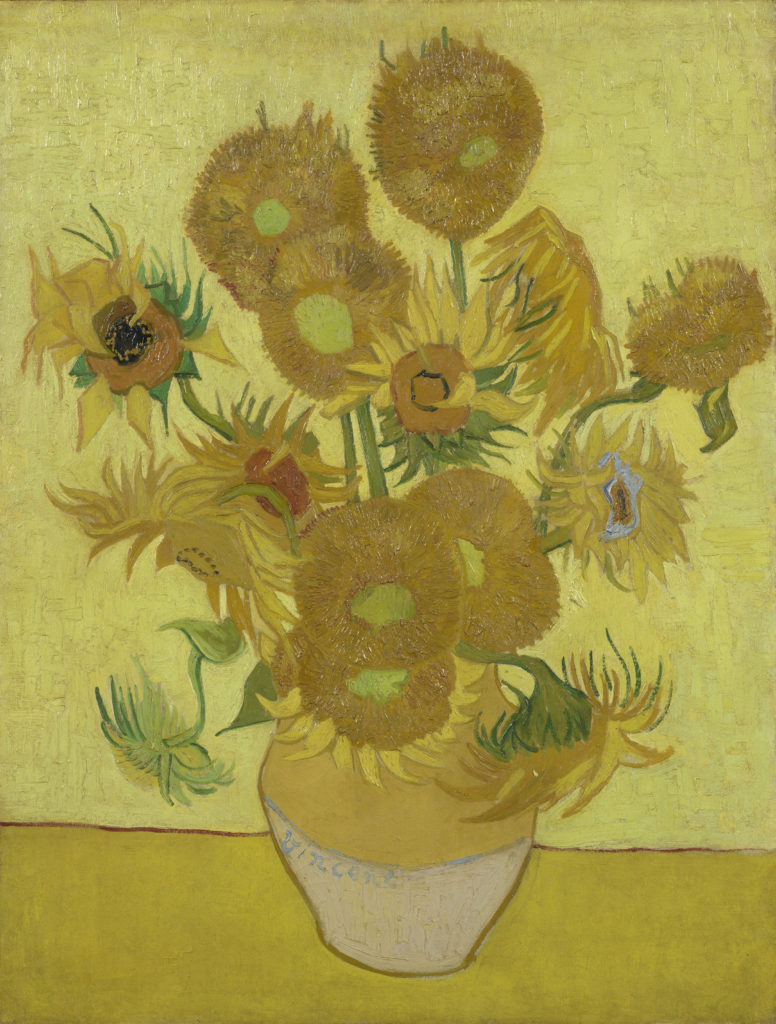 was a testament to her talent. So it’s no surprise that my mother raised an art lover.
was a testament to her talent. So it’s no surprise that my mother raised an art lover.
Given that history, I was a very disapproving 14-year-old when I watched her hang up a replica painting of sunflowers. Though nicely framed, the print felt so fake compared to all the original art I had watched my mother and aunt, both professional artists, create.
“What’s the deal with the sunflowers?” I asked, genuinely puzzled.
My mother stepped down from her step stool and replied, “The original painting of sunflowers was the most expensive painting ever sold at auction. It’s by a very important artist named Vincent van Gogh.”
Without further detail, she left me on my own to figure out why my untrained eye hadn’t recognized such obvious value—$39.85 million dollars of value to be exact.
Considering the value of art has been a fun puzzle I’ve enjoyed pondering ever since.
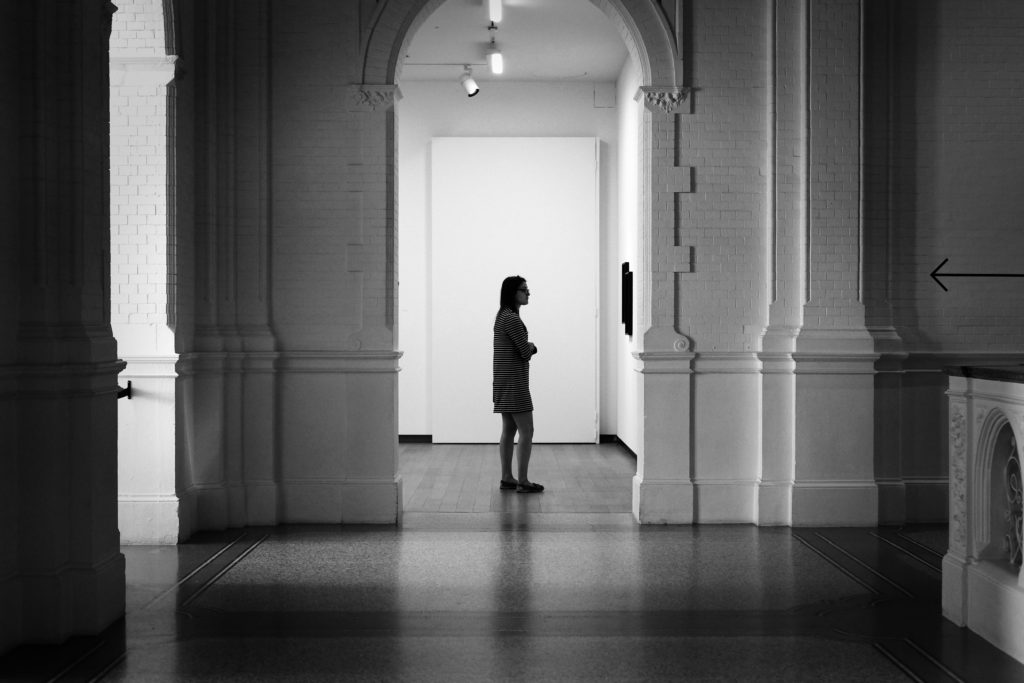
“Just buy what you love!” That’s the advice we most often hear in regard to art collecting. But this simple advice doesn’t encourage us to train our eye and our brain to pick the most valuable works.
First, before we get too far into this, we need to dispel the art snobbery based on the cost of art. When we use the word valuable for the purpose of this article, it is not necessarily referencing how much we paid for a particular piece or how much we could sell it for. Instead, let’s consider the factors that qualify a particular piece as important.
For example, if you have a piece of art that is a great conversation 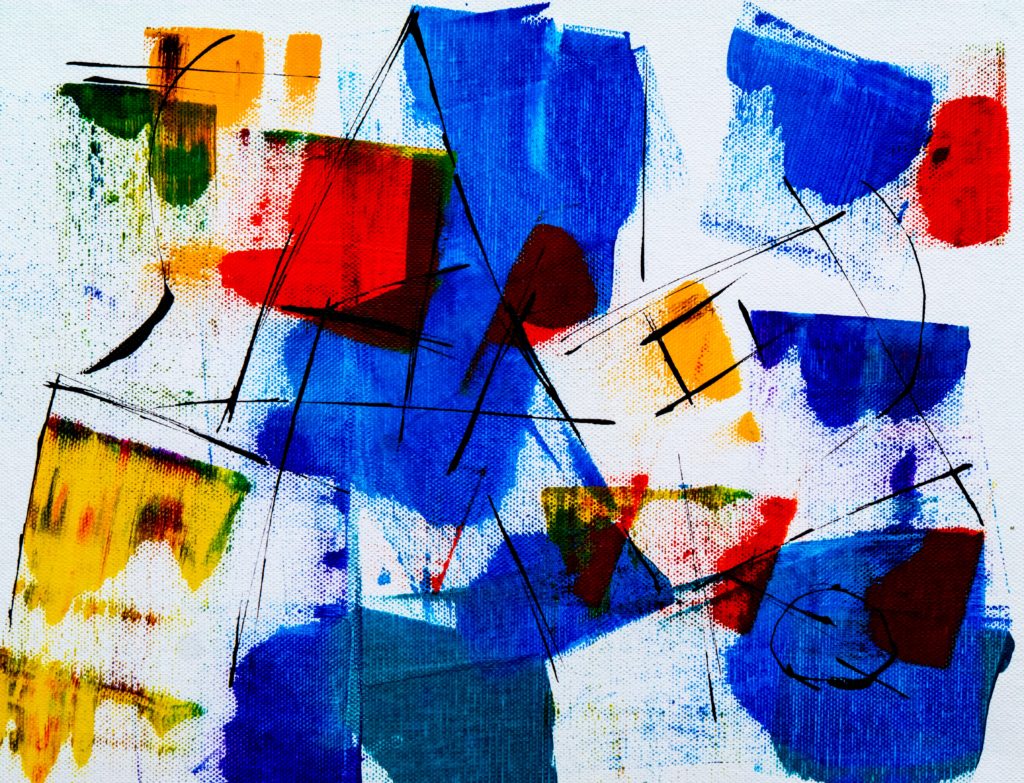 starter when guests come to your home—then that art has value. If you find a piece that represents a complicated social issue and the artist addresses the subject in such a way that brings awareness and dialogue—then that art has value. If you have a piece of art where the artist executes a technique so perfectly that other artists study it in order to improve their own craft—then that art has value. Classic examples would be Da Vinci, Caravaggio and Rembrandt.
starter when guests come to your home—then that art has value. If you find a piece that represents a complicated social issue and the artist addresses the subject in such a way that brings awareness and dialogue—then that art has value. If you have a piece of art where the artist executes a technique so perfectly that other artists study it in order to improve their own craft—then that art has value. Classic examples would be Da Vinci, Caravaggio and Rembrandt.
Just being “pretty” or pleasing to the eye is not enough to make art valuable. Let’s skip over discussing the superficial reasons leading you to a particular piece of art, like how it complements your décor, and dig a little deeper.
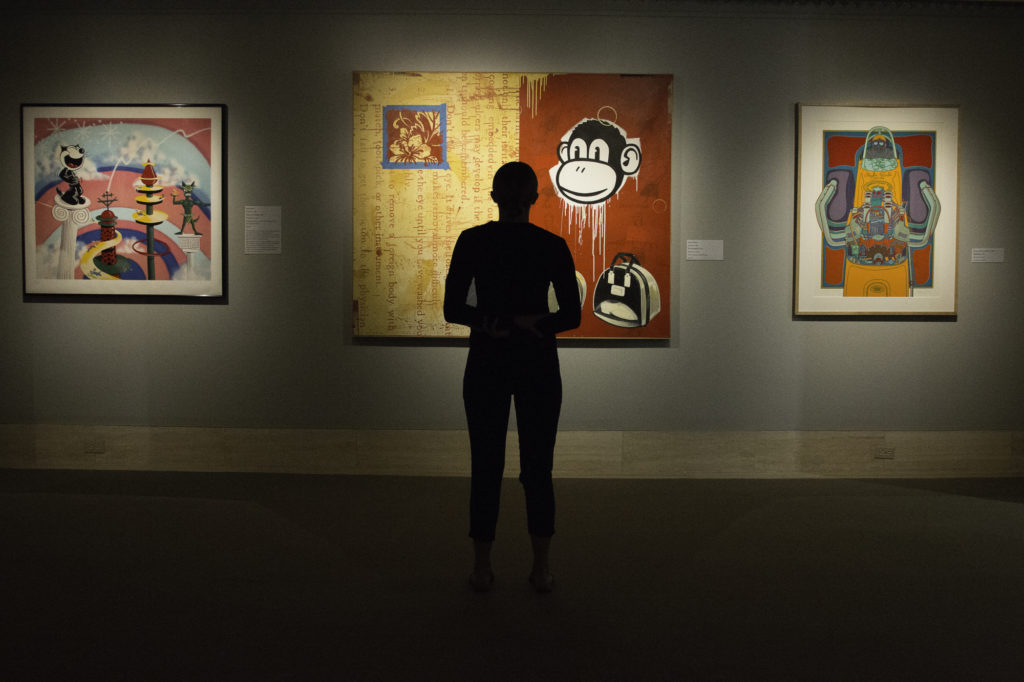 Phase One of Collecting
Phase One of Collecting
Unless you have the advantage of having been an art major, you’re probably going to start to hone your eye by examining museum collections and doing a lot of window shopping at galleries where the price tags are out of reach. Years ago, on my first trip to Art Basel in Miami, I took note of which galleries were there and I followed them on social media. I signed up for email lists knowing I’d never be able to afford their art, but recognizing the potential for a valuable education. Following important national and international galleries and reading museum newsletters can, little by little, train your brain on what to consider when you it’s time to move to phase two of collecting. If you’re an art lover, you never really graduate from this first phase, and those social accounts and emails will be the ones you continue to love reading.
It was during this same trip to Art Basel with a mentor who was a collector that I received some 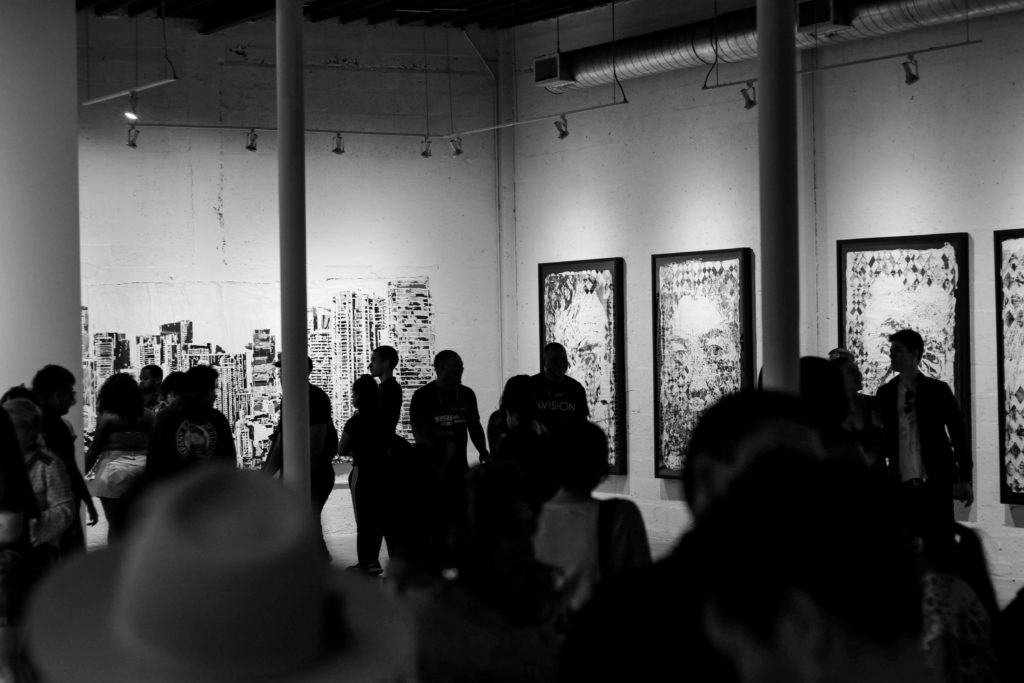 key advice. “When considering what feels like a substantial commitment to purchase a piece of art ask yourself, ‘Is this particular piece the best example of this art medium that I can afford?’” This question leads you to consider all sorts of other criteria that make up its value.
key advice. “When considering what feels like a substantial commitment to purchase a piece of art ask yourself, ‘Is this particular piece the best example of this art medium that I can afford?’” This question leads you to consider all sorts of other criteria that make up its value.
Phase Two of Collecting
Like Wall Street junkies who watch market trends, there are a whole slew of art collectors who have taken the knowledge they learned in phase one to identify which artists will become important, because they bring something new to the art conversation. This speculation is not only for the financial reward of owning a piece of art before an artist gains notoriety (for example, an Andy Warhol before he became the Andy Warhol) but also about supporting new artists going out on a limb to inspire what could be the next art movement.
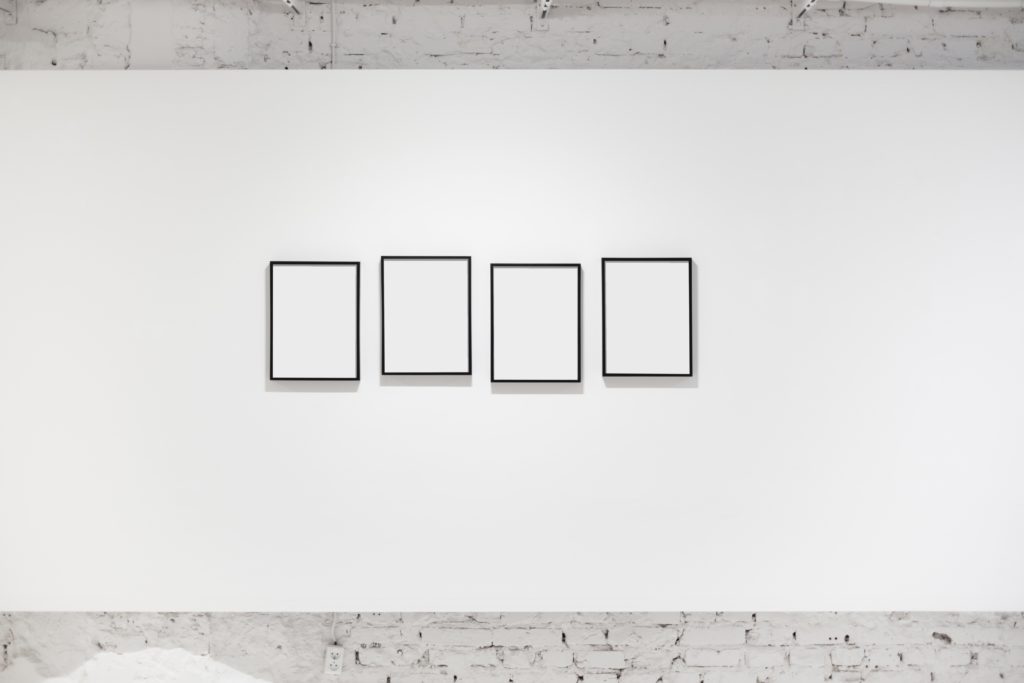 Phase two also encompasses a firm grip on what makes art more important than what we can see as its face value. How does it help us observe the human condition? What is the artist trying to communicate?
Phase two also encompasses a firm grip on what makes art more important than what we can see as its face value. How does it help us observe the human condition? What is the artist trying to communicate?
One should also not overlook the potential for discovering burgeoning talent at a local level. Recently, on a tour of mid-century modern homes in Gainesville, I was awed by a private collection of artist Hiriam Williams. The artist, a professor at UF who passed away decades ago, has work that now hangs in many notable museums, including The National Gallery. The private collection hanging in the residence encompassed many different mediums and reflected decades of evolution by Williams. I speculate that this collection was started very deliberately at a time when the cost of Williams’ work was still attainable; it serves as a lesson that a valuable art collection can begin in your local community.
We asked some top experts for their advice on beginning an art collection from both a contemporary and local point of view.
 Tiffany Chestler is the Director of Cultural Programming at Dacra, a real estate development firm based in Miami. She oversees cultural initiatives for the Miami Design District and manages the contemporary private art and design collection of Dacra’s CEO, Craig Robins.
Tiffany Chestler is the Director of Cultural Programming at Dacra, a real estate development firm based in Miami. She oversees cultural initiatives for the Miami Design District and manages the contemporary private art and design collection of Dacra’s CEO, Craig Robins.
How do you suggest someone interested in building a collection begin?
One of the best ways to educate yourself about art is to visit museums and galleries. You will be exposed to a wide variety of artists and genres and writing and research. Museums are fantastic resources; part of every museum mission is education; as a patron you can take advantage of artist or curator lectures and other programs that will help you expand your knowledge of art.
Visiting art fairs like Art Basel Miami Beach can be quite overwhelming if you’re new to collecting, but it is a great opportunity to see the global art world all in one place.
Publications like Artforum, ARTNews, Art in America, and digital platforms like Artnet, Artsy, Hyperallergic, DAZED, and others are good resources for tuning into the current art world, its market, and finding out about emerging artists. Even Instagram is a good tool for exploring this and discovering new art.
What are the elements that make a piece of contemporary art worth collecting?
Most art advisors and collectors will tell you that investing in artwork should begin with loving the work. I feel it’s crucial to appreciate a work when you acquire it, as it’s what makes art unique. It’s really more than an asset class and it should speak to you on some level. Contemporary art collection can be unpredictable, with certain artists being favored over others for obscure reasons, but it is profoundly rewarding to know you are touching a living artist’s life in one way or another. Helping to write our art history one day at a time.
When you begin buying contemporary art, should you consider focusing on one artist or genre?
Genre—you will build a more interesting and comprehensive collection if you take this approach.
Should you think about how to build a great collection or buy what speaks to you?
Definitely buy what speaks to you. This is a process; it will take years to build a collection and you will be living with these pieces so you should surround yourself with works that you truly like. When you really like something, it encourages you to learn more. The more you know the more confident you will be, which leads to you starting to take some bigger risks as your eye develops.
Any specific tips for beginners?
Buy what you like. Set a budget for yourself that you are comfortable with and seek out works that fit that budget. Buy limited edition prints if you have a smaller budget. (You can find limited edition works by artists at all levels of their careers).
Who are the most collectible contemporary artists you would recommend to a new collector?
You have your blue-chip contemporary artists like Gerhard Richter, Jenny Saville, Laura Owens, Ding Yi, Christopher Wool, Kara Walker, Julie Mehretu, Alicja Kwade, Erwin Wurm—the list goes on! But fast-rising artists like Jamian Juliano-Villani, Nicolas Party, Avery Singer, and Issy Wood and the like are really worth taking a closer look at.
 Dr. Leslie Hammond, ASA, is the founder and president of Artistic Eye Fine Art Services, and possesses decades of experience as an art historian, archaeologist, and museum professional. She was the curator of The Appleton Museum and offers appraisal services, research and documentation of artists and collections, consultation services, curatorial assistance and artist critiques.
Dr. Leslie Hammond, ASA, is the founder and president of Artistic Eye Fine Art Services, and possesses decades of experience as an art historian, archaeologist, and museum professional. She was the curator of The Appleton Museum and offers appraisal services, research and documentation of artists and collections, consultation services, curatorial assistance and artist critiques.
What would you suggest if someone wants to understand their local arts scene?
Understanding the local arts scene is going to start with exposure. If I were talking to someone in Ocala, I’d tell them to go to the art openings at the Appleton, City Hall and Marion Cultural Alliance, among others. Expose yourself to what options you have. Talk to the artists to find out the story behind their work and more about what might make their technique interesting.
My background is in art history and archaeology. So my academic interests lean towards understanding what a particular artwork or artifacts, whether it’s contemporary or ancient, tells us about the culture or society. Someone who is buying local art could also consider that question.
What advice do you have for a new collector?
If someone is going to purchase art to develop a collection, they should decide what the goal is for the collection and whether or not there is a supply and a budget that can help them realistically reach their goal. Another consideration is what their desire is for their collection once they pass. Is it something that they want to leave to their kids or donate? It’s also very important to keep a record of your purchases, not only for your purposes, but for the next owner.
Nine times out of ten when somebody is starting a collection, funds are limited and their knowledge is limited. Investing is one thing but you really should buy art that you like, not because it’s going to return a profit.
One advantage to hiring someone with my expertise is that we can work with you to make sure that you’re buying the best example of a particular type of artwork within your budget.
How do local artists decide to price their art?
What is going to make a difference is where the artist is. Bigger markets will have more people who are willing to invest in art and probably have the money to do so. What is the average income in Miami? It’s much higher than it is in Ocala and that one difference can impact what a Miami artist can sell their art for as opposed to an Ocala artist, but the difference has nothing to do with the quality of artwork being produced.






